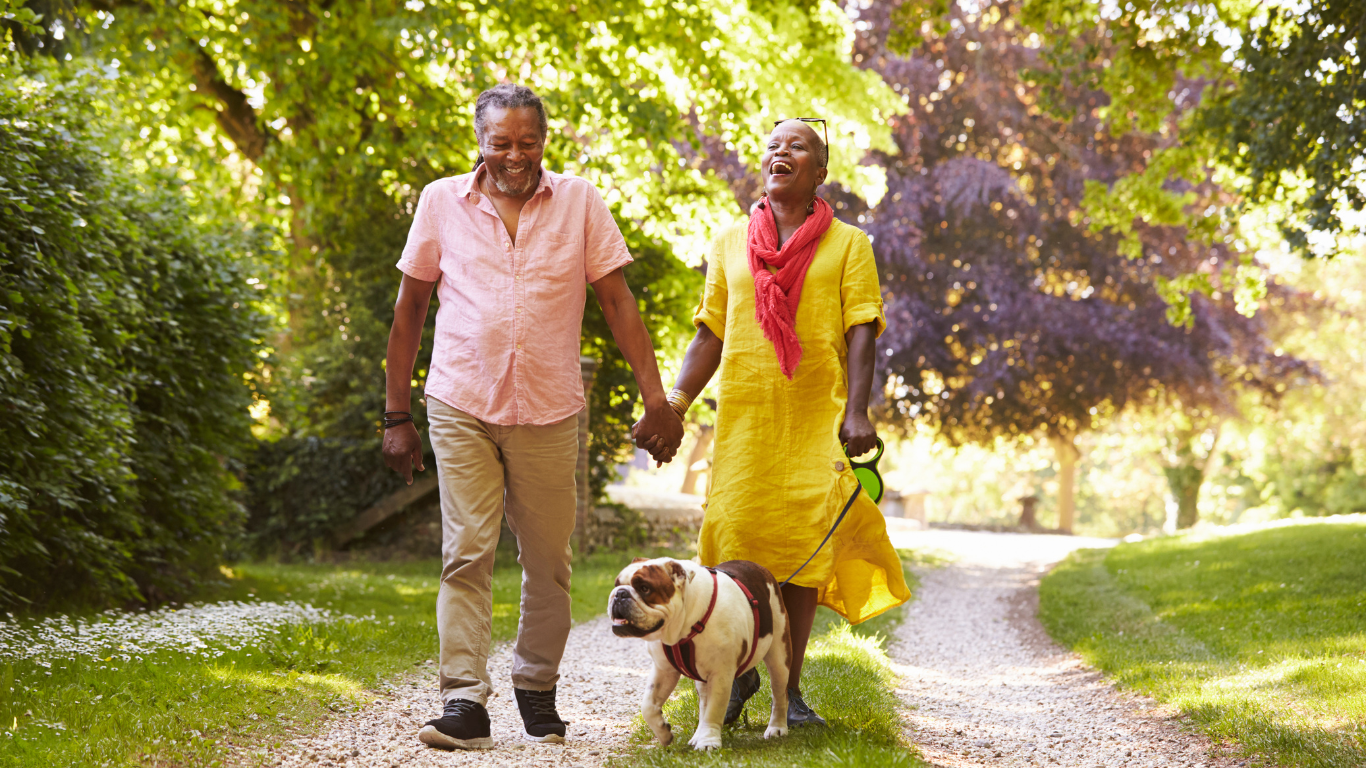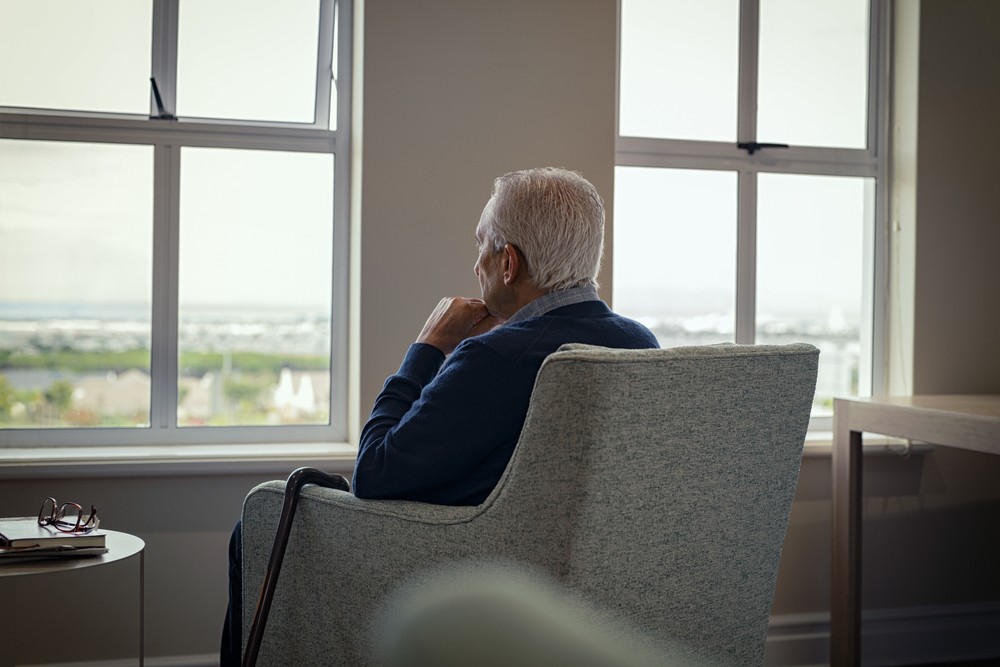Investing in Walkability: A Smart Move for Your Health

Three out of four adults do not meet the recommended levels of physical activity, which the US Centers for Disease Control and Prevention defines as at least 150 minutes of moderate activity or 75 minutes of vigorous activity each week. As obesity and related chronic conditions such as cardiovascular disease, and diabetes continue to rise in the U.S., Researchers are examining how neighborhood walkability may influence physical activity and obesity rates.
Published in the journal Obesity, a new study led by a School of Public Health examined the perceived neighborhood walkability, physical activity, and obesity among adults in the U.S. and found that people in highly walkable neighborhoods were more likely to engage in adequate physical activity, walk near their home and have a lower body mass index (BMI) – an established indicator of obesity – compared to people in low-walkability neighborhoods. Previous studies have linked walkability with increased physical activity and lower obesity rates, but this study is the first to examine this relationship on a national level.
The study also found that adults who live in walkable neighborhoods were 1.5 times more likely to engage in adequate levels of physical activity, and 0.76 times less likely to have obesity, compared to adults living in neighborhoods with low walkability. A walkable neighborhood becomes particularly important for older adults for whom physical activity and active transportation are critical for healthy aging-in-place.
Nine Health Benefits of Walking
1. Improved heart health: A daily walk is a great way to take care of your heart health by lowering both your blood pressure and percentage of body fat. It can also help keep your blood sugar in check.
2. Weight loss: If you’re overweight, scheduling a regular walk with friends will help you stay motivated and maintain a healthier weight.
3. Improved immunity: Physical activity – like walking – can help boost your immune system. Walking for seniors has even been shown to reduce the risk of developing chronic illness, including certain types of cancer.
4. Longer, healthier life: Walking has been linked to a longer lifespan and overall better health for older adults.
5. Stronger bones, muscles and joints: Walking is a great exercise for seniors because it’s a whole-body workout that’s also low impact. Studies have shown that regular walking can help reduce the loss of bone mass (osteoporosis); reduce the risk of hip fractures; and significantly reduce (or even prevent) arthritis pain.
6. Improved sleep: Researchers have discovered that women between the ages of 50 and 75 who walked each morning were much less likely to experience insomnia than those who didn’t go for walks.
7. Decreased cognitive decline and dementia: Studies have shown that older people who regularly walked reduced their chances of experiencing mental decline and dementia than those who didn’t walk.
8. Mental health boost: The endorphins released during physical activity create a sense of well-being and boost your mood to help you feel more positive and happier.
9. Improved social life: Whether you walk with a group of friends or simply just chat with your neighbors as you pass by, walking is a great way to meet new people and develop friendships.
Five Walking Tips to Get You Started
1. Start slow: If it’s been a while since you’ve done a lot of walking, don’t do too much too soon. Instead, give your body time to rest as you build up the distance, intensity and number of walks you take each week.
2. Stick together: If you’re someone who enjoys the company of others or likes to make their workouts more engaging, it might be a good idea to find a walking partner or even join a local walking group.
3. Be properly equipped: Walking is one of the exercises you can do that doesn’t require a gym membership or a lot of fancy equipment, but you may want to consider having a few items on hand: Walking shoes are designed to offer good support, comfort and traction. Be sure you always have a bottle of water to help stay hydrated. Wear comfortable clothes for walking. To track your steps, consider downloading an app for your smartphone or using a pedometer.
4. Find your path: A neighborhood setting is a great place to walk because they typically offer sidewalks and lot of interesting things to see. Picking a route that has hills (or even gradual inclines), and stairs can help build your strength and fitness.
5. Listen to your body: If your muscles are too sore or you’re feeling off, it may be time to have a rest, rather than pushing through it.
The Village at Gleannloch Farms: Walkability and So Much More
With a name like The Village, it makes sense that our community would score high on walkability. Whether you’re walking from one of our brand-new villas to the full-service salon or from your apartment to the nine-hole putting green – or maybe just taking the dog for a walk!
Call us, use our Community Assistant chat feature or contact us here for your personal visit of our walkable community today. While you’re here be sure to check out our saltwater pool and even our opportunities to go horseback riding.


